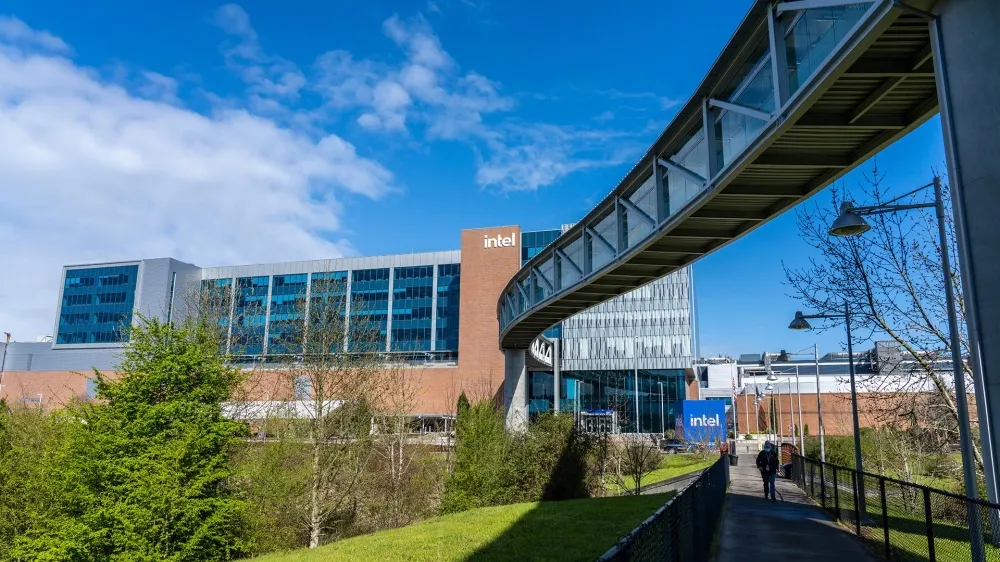Intel completes expansion of Oregon factory
Intel earlier announced the official launch of the D1X factory in Oregon, the United States, and completed a $3 billion investment in the expansion of the D1X factory, thereby increasing production capacity in the United States, and is expected to promote the development of innovative technologies to regain its leading position in the semiconductor industry.

According to Sanjay Natarajan, senior vice president of Intel, the expanded Oregon factory has a history of 50 years and is equipped with 22,000 employees. The expanded factory covers an area of 270,000 square feet, which will increase production capacity by 20%.
In the past, Intel has invested more than $52 billion in the Oregon factory and has spawned many leading semiconductor technologies here. At the same time, because of the establishment of factories in Oregon, the local market ecology has been stimulated, including the increase of more than 105,000 job opportunities, as well as more than $10 billion of foreign import transactions, and more than $19 billion of domestic output value.
In line with the “Mod3” factory expansion plan, Intel is expected to continue to promote new semiconductor technologies and secure a leading position in the semiconductor industry. At the same time, it also plans to replicate the experience of the Oregon factory in Intel’s production lines in the global region, thereby promoting Intel’s continuous innovation capabilities.
In addition, Intel has successively expanded investment in Arizona and New Mexico in the United States, as well as in Israel, Germany, France, Ireland, and other places in Europe, and even in-depth cooperation with the local government in Malaysia, which is expected to promote the development of the semiconductor industry in Malaysia.
Intel also called on the U.S. government to help support domestic semiconductor companies and also called on the European Union to follow the cooperation model between governments and semiconductor companies in Asia, by providing additional subsidies or tax relief to achieve a mutually beneficial situation of win-win development.





